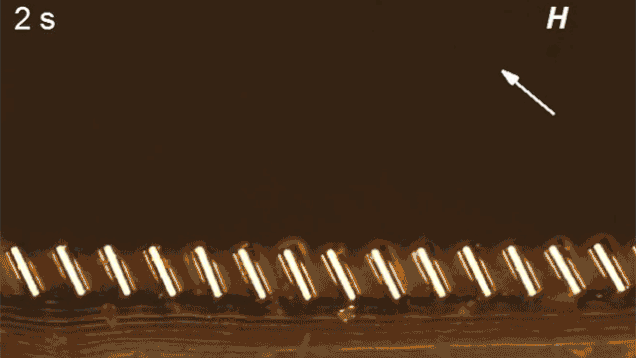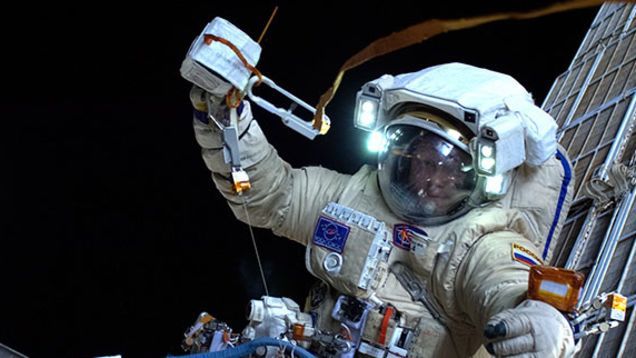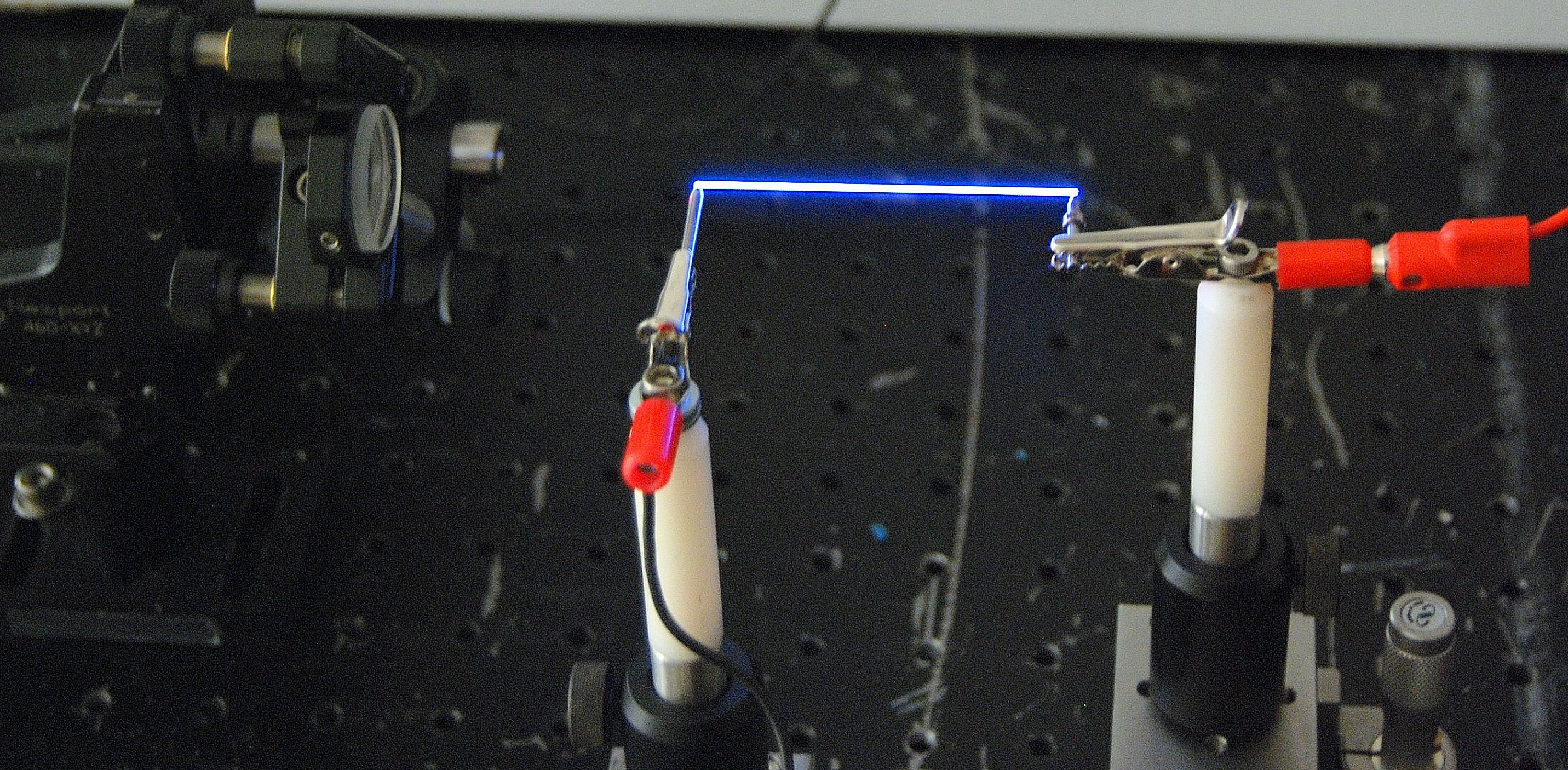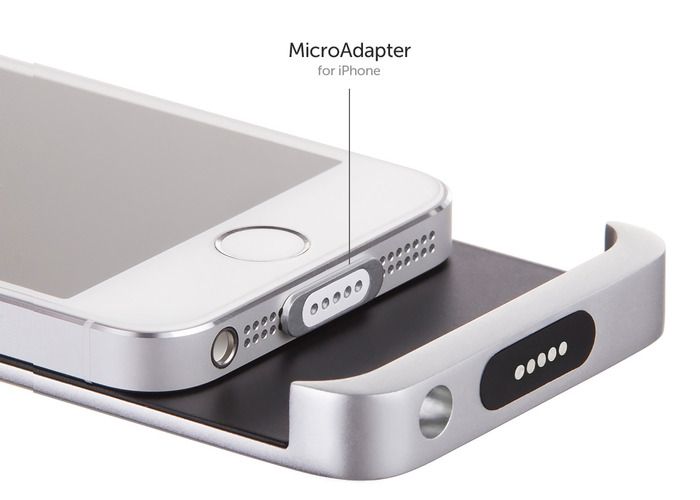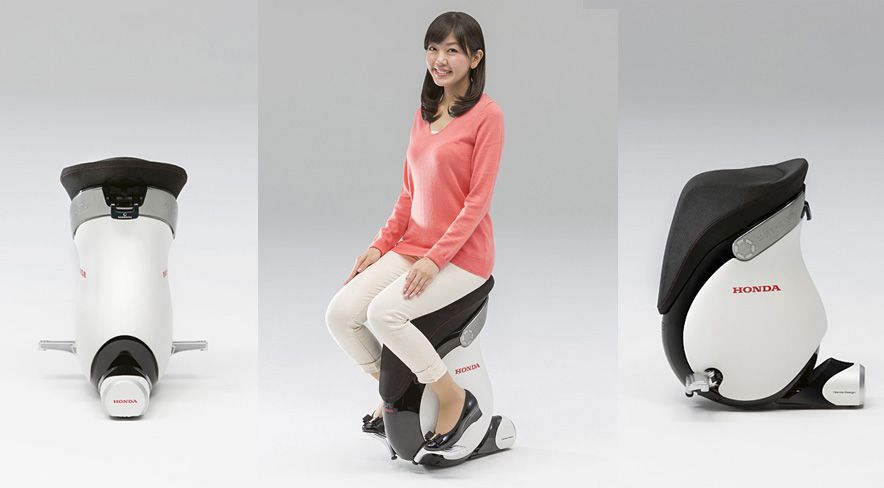Sep 21, 2015
MIT Invented Magnetic Hairs That Can Make Water Flow Uphill
Posted by Shailesh Prasad in categories: innovation, materials
Inspired by the coats of fur on some animals, researchers at MIT have developed a flexible skin-like material covered in thousands of tiny magnetic hairs that can move in varying directions in the presence of a magnetic field. That might not seem particularly useful, until MIT points out that the new material can be used to control how liquids move across its surface, even causing water to flow against the pull of gravity.
It’s a neat trick, for sure, but there are other more useful applications of this new material. The tiny magnetic micro-pillars that make up the hair can be manufactured from a fiber optic-like material allowing them to change the direction of light passing through, facilitating self-darkening windows, or revolutionary new optics for cameras. The material can also be used to create advanced artificial skins, smart waterproofing, and even a precise way to manipulate individual cells. And let’s not forget a potential radical breakthrough in self-combing toupees and wigs. [MIT].
